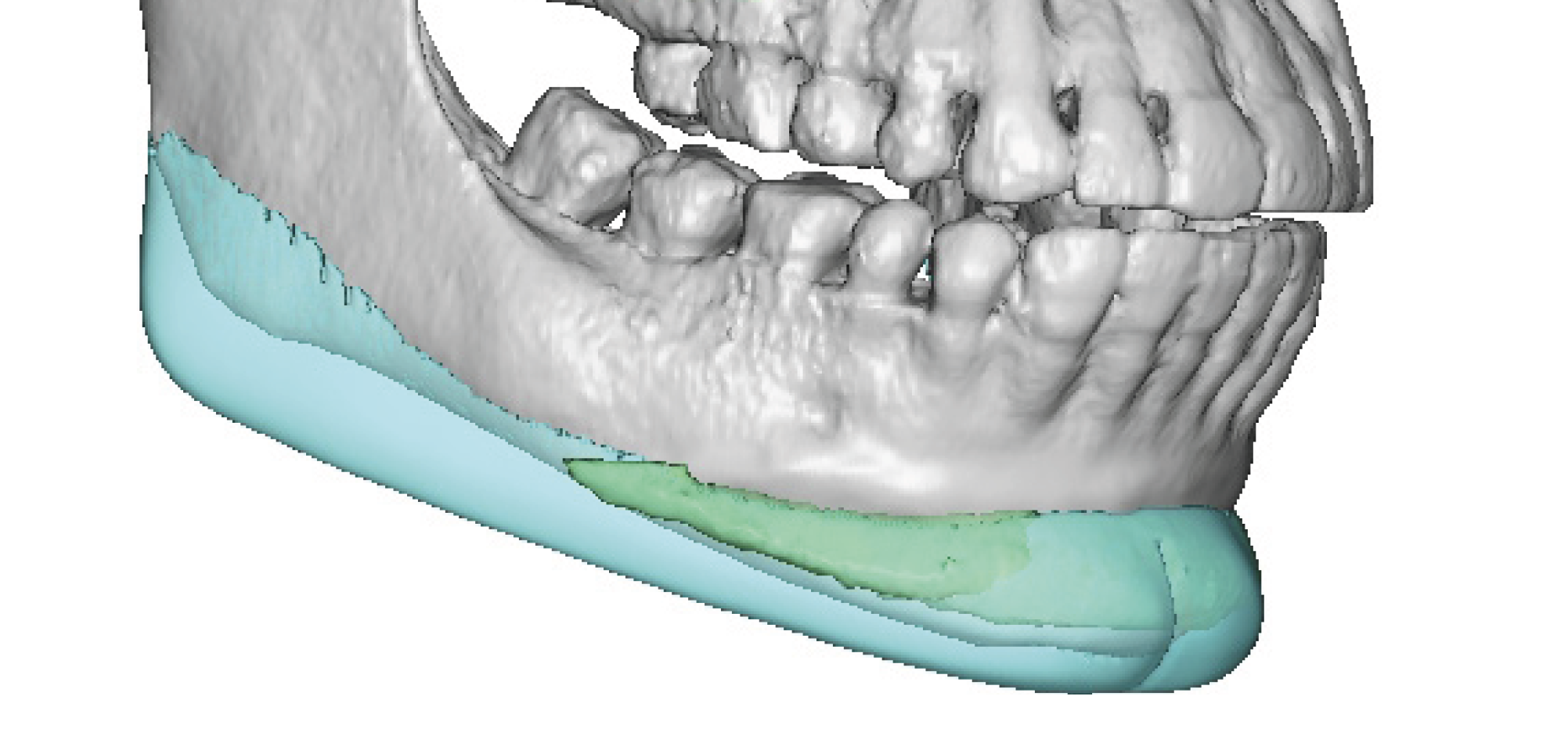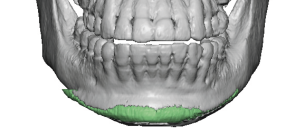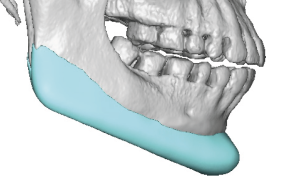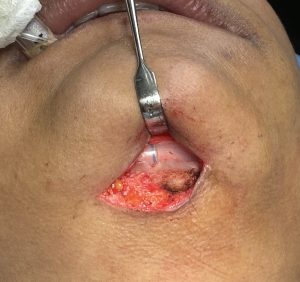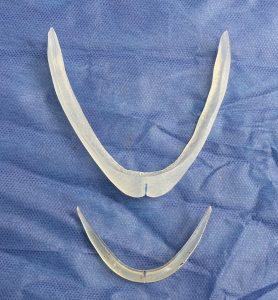Background: Chin implants, like all implants placed in the body, induces a biologic response at the implantation site. The most well known response is encapsulation or the surrounding of the implant with scar tissue known as the capsule. Regardless of the implant material capsules are formed. Chin implants have also been associated with ‘erosion’ although this is an inaccurate biologic term for what is occasionally seen. The proper biologic response is imprinting, a passive settling into the bone that is self-limiting. It occurs as a result of pressure release or adaptation to a foreign material that expands the natural biologic boundaries of the implantation site. Interestingly it is not always seen and the size of the chin implant does moot seem to correlate to its occurrence.
An overlooked but equally occurring response to a chin implant is bone overgrowth, a reaction that is seen just as often if not more so than imprinting. A thin layer of bone is seen that has grown along the sides of the implant and occasionally completing encasing it. This is clearly a reaction to the elevation of the periosteum of the bone to create the implant pocket. But it is also reflective of a reparative response to the presence of the implant as its tries to heal over it, indicating that the implant is not causing inflammation by its presence.
A fair number of custom jawline implant patients have a prior history of a chin implant. Some are desiring to expand the chin implant footprint or are unhappy with the chin implant result, they desire to graduate to a complete jaw augmentation effect. The need for a 3D CT scan to design the jawline implant creates an opportunity to see the chin implant as well as the localized reaction to it. The presence and amount of bone overgrowth can be seen and the need for its removal anticipated.

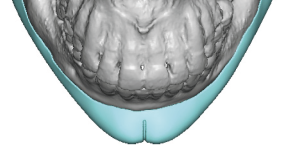

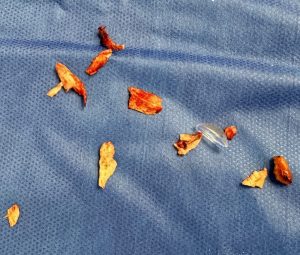

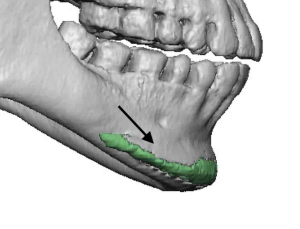
Key Points:
1) Chin implants are often associated with a bone reparative response as seen by areas of bone overgrowth.
2) In replacing chin implants with a custom jawline implant it is often necessary to remove the bone overgrowths for the custom jawline implant to fit properly.
3) Such chin implants overgrowths can be seen on the custom implant 3D scan so the location and extent of bone removal is known beforehand.
4) Preserving the roof of the bone overgrowth around the mental nerves helps protect them during the placement of the custom jawline implant.
Dr. Barry Eppley
World-Renowned Plastic Surgeon

